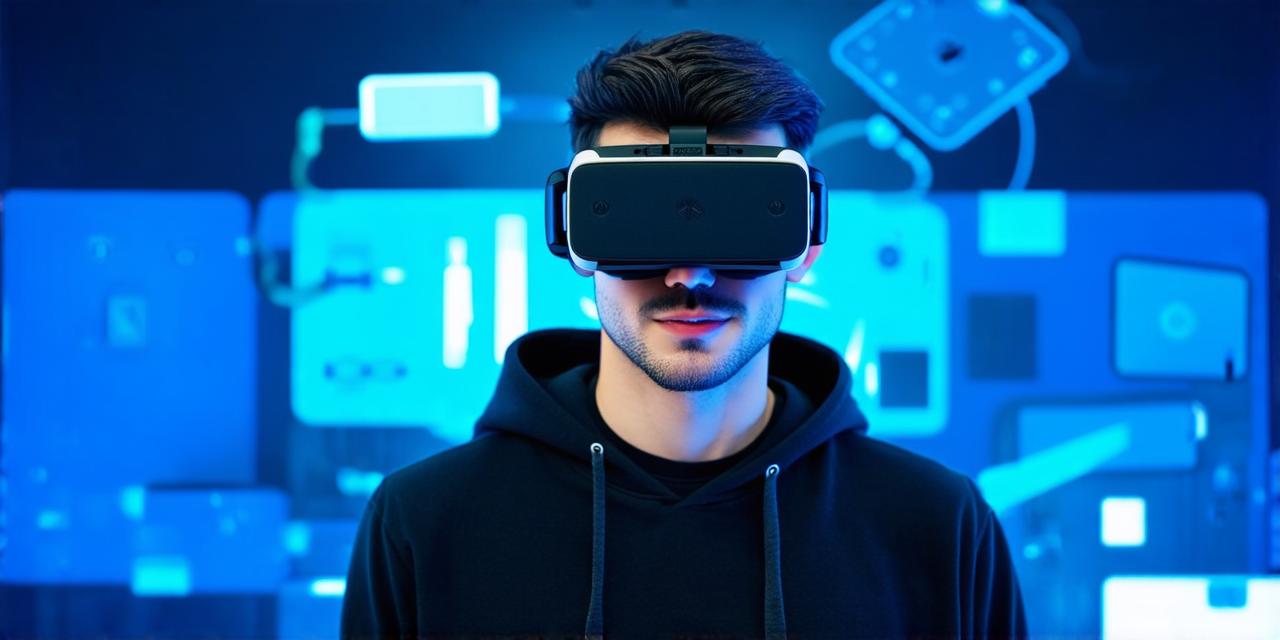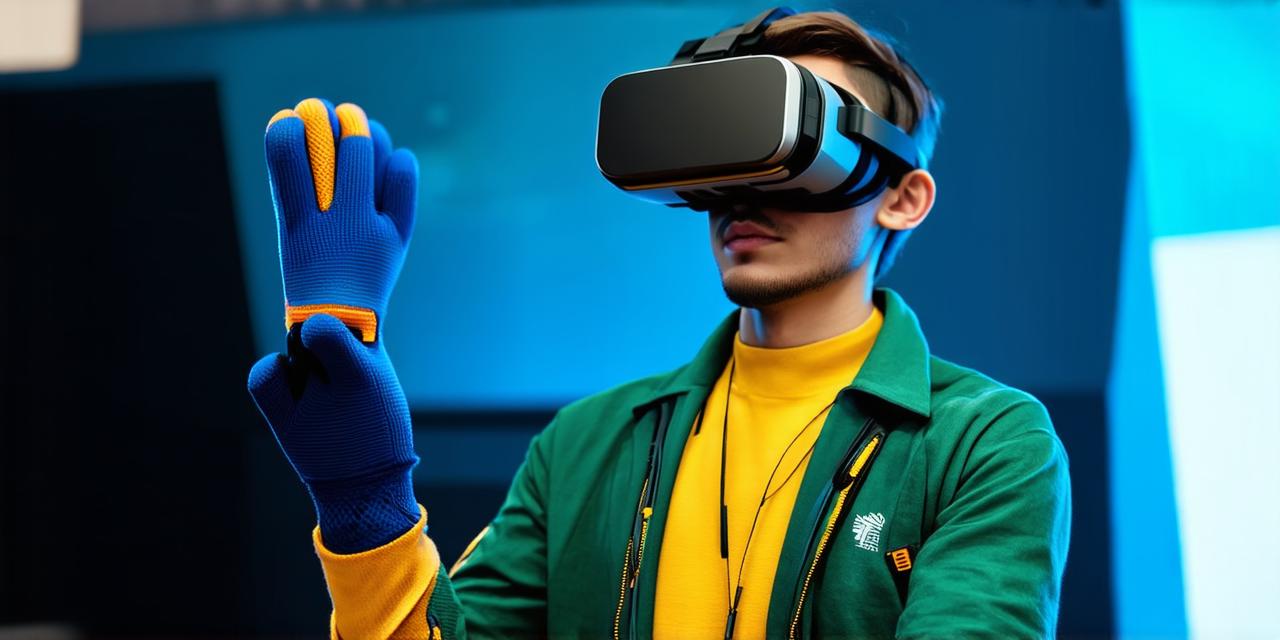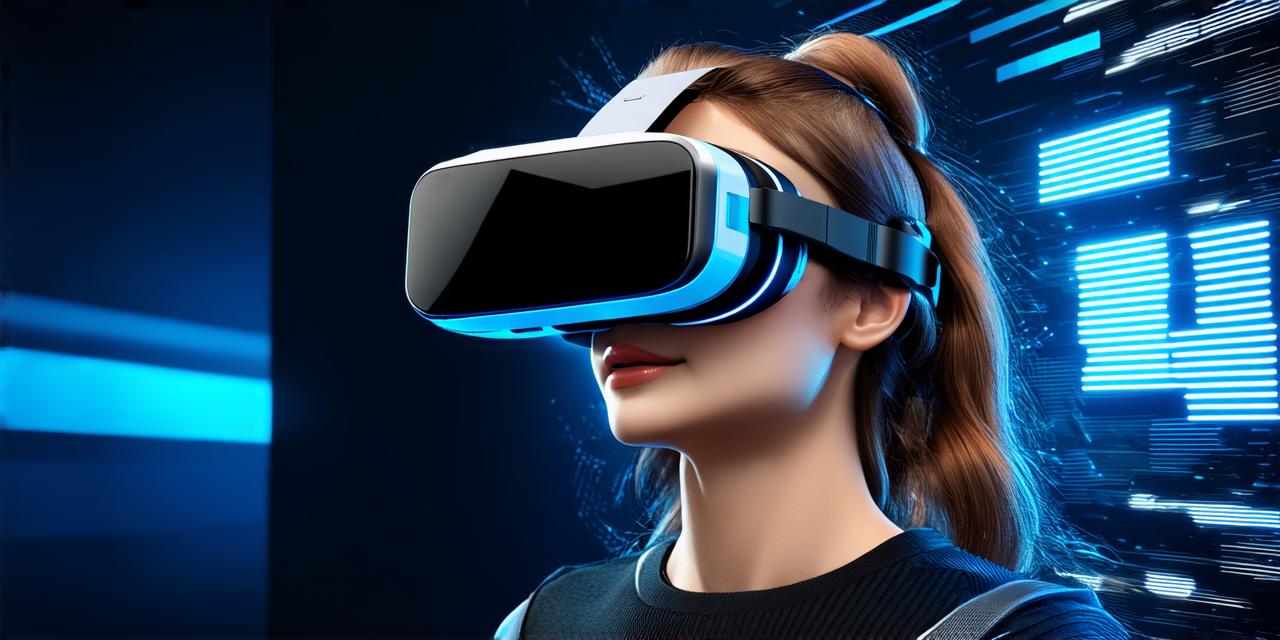
Exploring the Role of an Augmented Reality (AR) Developer: Innovating the Digital Landscape
- 0

What is an Augmented Reality (AR) Developer?
An AR developer is a skilled professional who creates immersive digital experiences using AR technology. They use their technical expertise to design and develop AR applications that allow users to interact with digital content in their physical surroundings. AR developers work with a range of tools and technologies, including 3D modeling software, game engines, and AR development frameworks.
Skills Required for an Augmented Reality (AR) Developer
There are several skills that an AR developer should possess to be successful in their role. These include:
- Programming Skills: AR developers need to be proficient in programming languages such as C++, Java, and Swift. They also need to have experience with game engines like Unity and Unreal Engine.
- 3D Modeling: AR developers need to have a good understanding of 3D modeling software such as Blender and Maya. They should be able to create high-quality 3D models that can be used in AR applications.
- User Experience (UX) Design: AR developers need to be skilled at designing user interfaces that are intuitive and easy to use. They should also have experience with mobile app development, as many AR applications are designed for smartphones and tablets.
- Augmented Reality Development Frameworks: AR developers need to be familiar with AR development frameworks like Vuforia, Wikitude, and ARToolKit. These frameworks provide tools and libraries that make it easier to create AR applications.
- Creativity and Imagination: AR developers need to have a creative mindset and imagination. They should be able to envision new and innovative ways to use AR technology to enhance user experiences.
Real-Life Examples of Augmented Reality (AR) Applications
There are many examples of how AR technology is being used in different industries. Here are a few real-life examples:
- Retail: AR has been used by retailers to create virtual try-on experiences for customers. For example, IKEA’s AR app allows customers to see how furniture would look in their home before they buy it. This has resulted in increased customer satisfaction and reduced returns.
- Education: AR has been used in education to create immersive learning experiences. For example, an AR app called Aurasma allows students to explore the solar system using their smartphones. The app overlays 3D models of planets and moons onto real-world objects, making it easier for students to understand complex concepts.
- Healthcare: AR has been used in healthcare to create training simulations for medical professionals. For example, an AR app called Vuforia allows surgeons to practice procedures using virtual models of patients. This has resulted in improved patient outcomes and reduced surgical errors.
- Gaming: AR has been used in gaming to create immersive and interactive experiences for players. For example, the game Pokémon Go uses AR technology to allow players to catch virtual creatures in real-world environments. This has resulted in a global phenomenon and increased engagement with the game.
Summary
AR technology is transforming the way we interact with digital content, and the demand for AR developers is on the rise. AR developers need to be proficient in programming languages, 3D modeling, UX design, AR development frameworks, and have a creative mindset and imagination. There are many real-life examples of how AR technology is being used in different industries, including retail, education, healthcare, and gaming. As AR continues to evolve, we can expect to see even more innovative applications that enhance user experiences and push the boundaries of what’s possible.
FAQs
Here are some common challenges faced by AR developers:
- Ensuring that AR content is aligned correctly with real-world objects, which can be difficult when working with moving or irregularly shaped objects.
- Optimizing performance, as AR applications often require high processing power and memory usage.
To become an AR developer, you will need to have a degree in computer science, engineering, or a related field. You will also need to gain practical experience by working on projects or internships in the AR industry. Additionally, you can take online courses or certification programs to enhance your skills and knowledge.

